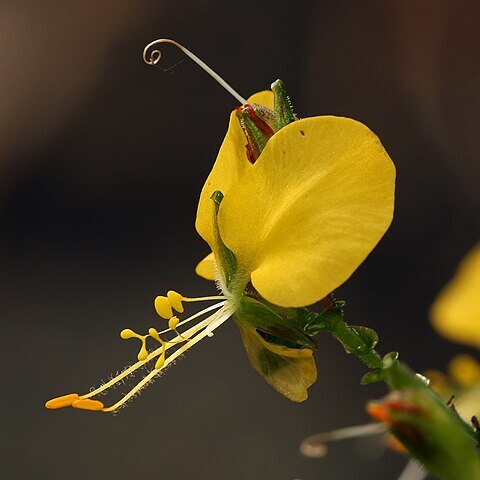Herbs, perennial or annual. Leaves basal or cauline, alternate; sheaths closed; blade simple, often succulent, margins entire, venation parallel. Inflorescences terminal or terminal and axillary [sometimes all axillary], sometimes becoming leaf-opposed, cymose (cymes scorpioid), thyrsiform or variously reduced, sometimes umbel-like, sometimes enclosed in spathaceous bracts. Flowers bisexual or bisexual and staminate on same plants, rarely bisexual and pistillate on same plants [bisexual and unisexual (staminate and pistillate), all on same plants], bilaterally or radially symmetric; sepals 3, sepaloid [occasionally petaloid], distinct or occasionally connate, usually subequal; petals 3, deliquescent, petaloid, distinct or connate, equal or unequal; stamens 6, all fertile or some staminodial or absent (rarely all stamens absent); anthers with longitudinal [rarely poricidal] dehiscence; ovary superior, 2--3-locular; ovules 1-seriate [2-seriate]; style 1, simple, usually slender; stigma 1, simple [rarely slightly 3-lobed], enlarged or not. Fruits loculicidal capsules [rarely indehiscent or berries]. Seeds 1--several [rarely many] per locule; hilum dotlike or linear; lidlike embryotega covering embryo.
Seeds usually crowded, with the contiguous faces flat, often muricate, ridged or reticulate, relatively large; the testa characteristically marked on the outside with a circular or elliptic callosity called the embryostega (or embryotega), under which the embryo is situated; hilum punctiform or linear; endosperm abundant, mealy
Stamens hypogynous, basically 6 in two whorls, but variously modified or suppressed; fertile stamens 2, 3 or 6; staminodes 0, 3 (or rarely 4); filaments (with us) free, glabrous or with moniliform hairs; anthers dorsifixed or basifixed, 2-locular, dehiscing by longitudinal slits (or by basal pores in Cyanotis)
Perennial or annual herbs, often more or less succulent, mostly terrestrial, sometimes aquatic, frequently producing adventitious roots at the nodes; stems erect to prostrate, rarely somewhat climbing
Inflorescence composed of single or aggregated cincinni, terminal, lateral or axillary; sometimes each cincinnus may be reduced to single or (apparently) fascicled flowers
Ovary superior, 2-3-locular, with a simple terminal style and a small more or less capitate stigma; ovules 1-6 (-10) per loculus, axile
Petals 3 (one often smaller than the other 2), white or coloured, free or sometimes united below into a tube
Leaves alternate (falsely whorled in Palisota), with a basal membranous often nervose and closed sheath
Fruit usually a loculicidal capsule, sometimes partly or wholly indehiscent, or (in Palisota) a berry
Flowers actinomorphic or zygomorphic, often surrounded by mucilage
Sepals 3, free, usually green or membranous

